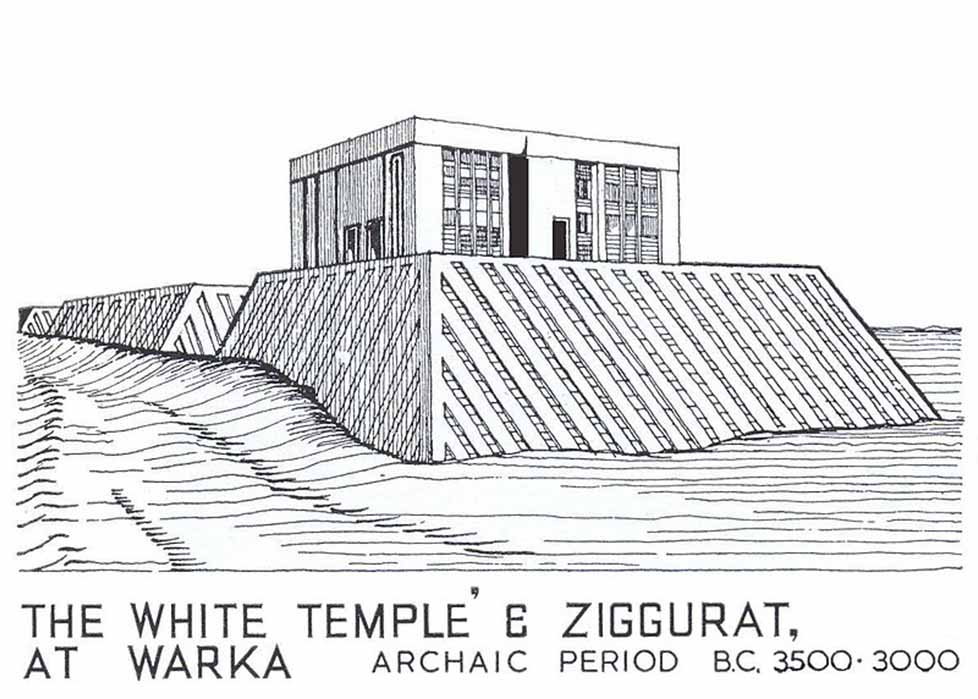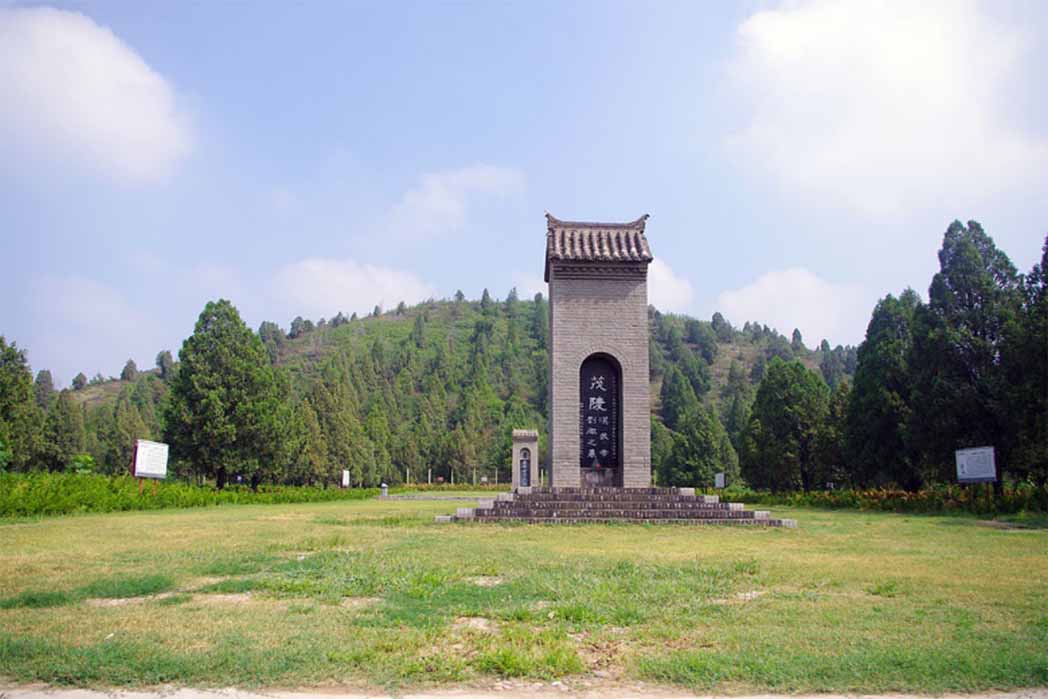
Equivocal Pyramids All Over The World
There is perhaps no shape on earth so thought-provoking and awe-inspiring as a pyramid, and so mystical was this geometric form perceived in antiquity, that it was adopted for the graves and grand tombs of powerful leaders. Beginning with the ziggurats of Mesopotamia, built with sun-dried adobe bricks and covered with fired bricks, pyramids can be found in Egypt, Sudan, Mexico, Peru and across Asia. However, strewn among the great masonic achievements of antiquity, over the last 100 years, several dubious pyramids have confused archaeologists and the general public.

Anu ziggurat and White Temple at Uruk. The Anu Ziggurat was the precursor to the pyramids in Egypt and dates to around 4000 BC, and the White Temple was built circa 3500 BC. (Public Domain)
The tallest of the three famous pyramids at Giza, Egypt, rises 152.4 meters (500 feet) into the sky and covers an area of around 13 acres. Ancient Egyptians believed sacred possessions in this life would help their ka (soul) in the Afterlife. Because some pyramids were equipped with ‘bathrooms’ it can be speculated that the structures served as a sort of safehouse in the Otherworld, which meant precautions were taken to protect the pyramids and tombs from looters. Ancient architects went to great lengths to assure the entrances to pyramids and tombs were carefully hidden, and it worked, for although many pyramids have had their outer limestone layers removed, they still stand today as soul time capsules created by once-great civilizations.

The Egyptian pyramids of the Giza plateau, built circa 2600 BC. ( BRIAN_KINNEY / Adobe Stock)
The origin of the word ‘pyramid’ is a point of academic argument, with some claiming the etymology comes from the Egyptian word 'pimar' while others refer to the Greek word 'pyramis,' or pyre, meaning the action of piling pairs of logs to create a pyre. Even though complexity is found in the largest pyramids in the ancient world, the shape is a simple type of human stone construction. All the builder has to do is pile sand, mud or stones on top of each other going as high as the pile will go, and this exceptionally stable structure adheres to the same laws of gravity that shapes pyramidal hills and mountains.

Maoling Mausoleum and tomb (Acstar/ CC BY-SA 4.0) and You Tube video
The Great White Pyramid Of China
In 1945 US Airforce pilot James Gaussman was flying between India and China when he spotted an enormous ‘pure white pyramid’ with a capstone made of ‘a huge piece of jewel-like material that could have been crystal’. Gaussman was ridiculed for his claims with skeptical archaeologists questioning why, if he had discovered the largest pyramid ever built, had he not landed and explored the structure. Two years later in 1947 the New York Times published the headline U.S. Flier Reports Huge Chinese Pyramid In Isolated Mountains Southwest of Sian, China. This second report was made by Colonel Maurice Sheahan, the Far Eastern director for Trans World Airline. He estimated the sides of the pyramid he spotted were 1,000-feet and confirmed himself and his crew were “struck by the immensity of the thing.” Pseudo-historian Hartwig Hausdorf wrote The Chinese Roswell: UFO Encounters in the Far East from Ancient Times to the Present in which he speculated this pyramid was ´built by aliens”, but in 2016 archaeologist Chris Maier discovered that the so-called Great White Pyramid was actually the Maoling Mausoleum, the tomb of Emperor Wu of Han (156–87 BC).




